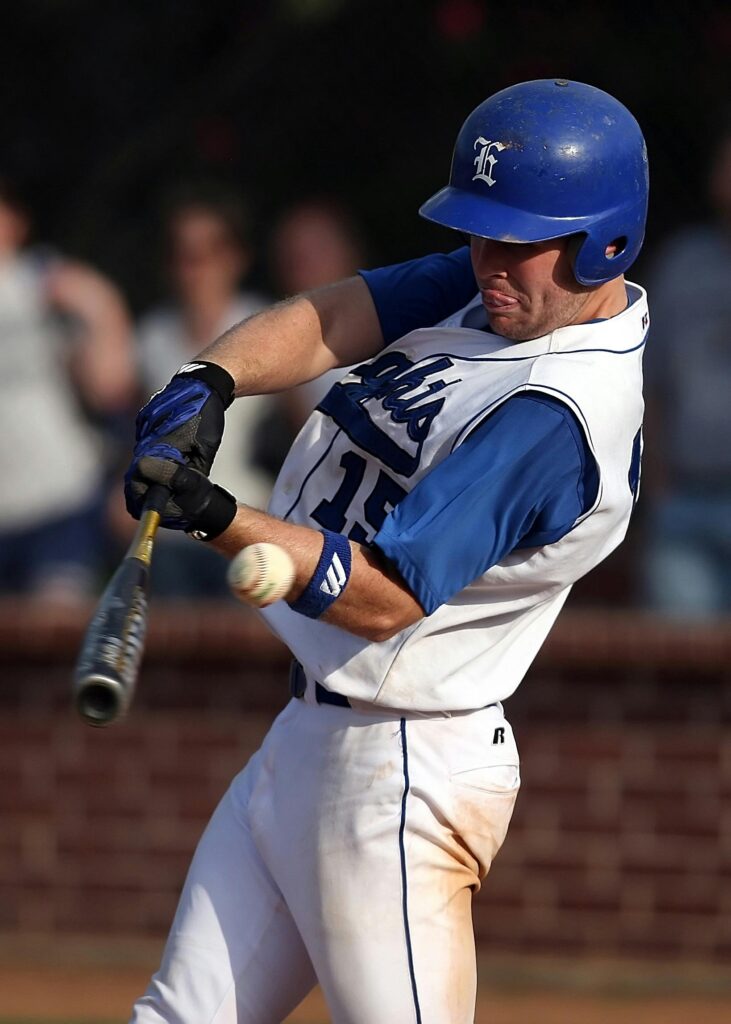Baseball, often called America’s Pastime, is a sport steeped in tradition, history, and a seemingly endless list of legendary moments. It’s a game of numbers, yes, but also a game of quirks, unwritten rules, and incredible, often bizarre, historical footnotes. While every fan knows about Babe Ruth’s home runs or Jackie Robinson’s impact, a true aficionado delves deeper.
To separate the casual observers from the dedicated devotees, we’ve compiled a list of 10 fascinating facts that reveal the hidden layers of baseball’s long and storied career. Get ready to go beyond the box score.
- The Shortest Game in MLB History Lasted Just 51 Minutes
Forget the three-hour-plus marathons common today. The quickest nine-inning game in Major League Baseball history occurred on September 28, 1919, when the New York Giants defeated the Philadelphia Phillies 6-1 in a stunning 51 minutes.
While part of this speed was due to a strong wind that likely helped fielders and batters alike, the primary reason was a unique agreement. The Giants had already clinched the pennant, and the Phillies had nothing to play for. Both teams agreed to get through the final game of the series as fast as possible to catch a train to Cincinnati for a post-season series. The players were eager to go, leading to minimal practice swings, rapid pitching, and almost no time wasted between innings. It’s a testament to the old-school mentality: when the game was on the line, players hustled, and sometimes, a little travel incentive helped immensely.
- Unlocking the Secrets of MLB History: Essential Baseball Facts
The curveball is one of the most iconic and essential pitches in a pitcher’s arsenal. While its movement seems magical, the science behind it is simple: the Magnus effect, where spinning an object causes it to deviate from its straight trajectory.
However, the “inventor” of the curveball, Candy Cummings, is said to have discovered the effect purely by accident in the 1860s. As a boy, Cummings observed a clam shell he skipped along the beach curve away from him. He then realized that by snapping his wrist while throwing a baseball, he could achieve a similar movement. While other pitchers may have been experimenting with spin, Cummings is widely credited as the first to consistently and intentionally throw the pitch, proving that sometimes, the greatest innovations come from playing with shells on a beach.
- Babe Ruth Wore a Cabbage Leaf Under His Cap for Cooling
Babe Ruth, the Sultan of Swat, was known for his monstrous home runs and larger-than-life personality. Less known, but equally fascinating, is his method for keeping cool on scorching summer days before air-conditioned dugouts were standard.
Ruth reportedly placed a chilled cabbage leaf under his cap during games. This natural, organic method provided him with a cool compress against his head. A fresh leaf was supposedly brought to the dugout and replaced every two innings. It’s a bizarre, yet ingenious, piece of baseball lore that provides a glimpse into the heat management strategies of the pre-modern era.
- Only One Person is in Both the Baseball and Football Hall of Fame

To be inducted into a single professional sports Hall of Fame is an extraordinary feat. To be in two is almost unthinkable. That distinction belongs solely to Cal Hubbard.
Hubbard was an imposing lineman who played in the NFL in the 1920s and 30s for the New York Giants, Green Bay Packers, and Pittsburgh Pirates (now Steelers). He was a foundational figure in early professional football and was inducted into the Pro Football Hall of Fame in 1963. After his playing career, however, he became a distinguished American League umpire from 1936 to 1951. His long, respected career as an arbiter earned him a spot in the National Baseball Hall of Fame in 1976—the only person to achieve this dual-sport recognition.
- No Major Leaguer Has Ever Hit Exactly 55 Home Runs in a Single Season
Baseball is a sport obsessed with numbers and streaks, which makes this specific anomaly so intriguing. Many players have hit 50, 51, 52, 53, and 54 home runs. Sammy Sosa notably hit 66, 63, and 50 in consecutive seasons. However, despite decades of offensive explosions and the fact that 55 sits comfortably between 54 and 56, the number has remained elusive.
The closest anyone has come to the mark was a three-way tie at 54 home runs, achieved by Alex Rodriguez (2007), David Ortiz (2006), and Ralph Kiner (1949). The number 56, on the other hand, has been reached by Ken Griffey Jr. (1997, 1998) and Hack Wilson (1930). It’s a quirky statistical ‘hole’ that continues to mystify stat-heads and gives a unique flair to the game’s numeric history.
- The First Baseball Team Was Founded by Alexander Cartwright’s Club
While the origins of baseball are murky, the “modern” game is frequently traced back to the New York Knickerbockers Base Ball Club and Alexander Cartwright in the 1840s. Cartwright, an engineer and fire chief, is credited with setting down many of the rules that still define the sport.
Crucially, he established the diamond shape with 90 feet between bases, the foul territory, and the three-out-per-inning rule. The Knickerbockers played in the first recorded game under these new rules against the “New York Nine” in 1846. Though the game evolved, this structure cemented the framework for the sport we know and love today, earning Cartwright the title of “Father of Baseball.”
- The Only Time a Total Lunar Eclipse Coincided with a World Series Win
The 2004 World Series was momentous enough, as the Boston Red Sox finally broke the “Curse of the Bambino” by winning their first championship in 86 years. The final game, played at Busch Stadium in St. Louis, had a stunning cosmic backdrop.
The night of Game 4, October 27, 2004, featured a total lunar eclipse. When the Red Sox recorded the final out, the moon high above the stadium was fully engulfed in the eclipse, appearing a deep, reddish color. It was the first and only time in history that a World Series victory coincided with a total lunar eclipse—a moment so dramatically perfect it seemed scripted by the baseball gods themselves.
- Pitchers Used to Be Required to Throw Underhand
For the first four decades of organized baseball, pitching looked drastically different. The rules of the sport in the mid-19th century mandated that pitchers throw underhand and keep their elbows straight. Pitches were not meant to be overpowering; rather, they were simply meant to put the ball in play for the batter.
It wasn’t until the 1880s that a slow evolution began, allowing for different arm angles, including the eventual adoption of overhand pitching. This major rule change is what transformed the game, making the pitcher a dominant force and drastically altering the balance between offense and defense.
- A Baseball’s Inner Core is Made of Cork or Rubber
Most fans know a baseball is covered in leather and stitched with 108 double stitches of red thread. But the heart of the ball, its core, is a carefully layered structure that is surprisingly complex.

At the very center is a small core of cork or rubber, sometimes combined. This core is then wrapped tightly with three different grades of wool yarn, followed by a layer of cotton yarn, and finally, the two pieces of leather hide. The cork/rubber core is essential for the ball’s elasticity and resilience, making it a “live” ball capable of traveling great distances when struck. The total length of all the windings of yarn is almost a quarter mile.
- The Chicago Cubs Once Played an MLB Game Wearing Their Opponent’s Jerseys
In a truly bizarre episode, the Chicago Cubs found themselves without their uniforms for a game against the New York Giants on June 30, 1929. Their equipment had somehow been delayed en route to St. Louis after a series in New York.
In a scramble, the visiting Cubs had to borrow the St. Louis Cardinals’ spare jerseys to play against the Giants. This meant the Cubs essentially wore a rival team’s uniforms on the field. To avoid any confusion, the Cardinals’ logo was stripped off, but it remains one of the most comical uniform glitches in baseball history—a reminder that even in the big leagues, travel logistics can sometimes be a bigger challenge than a 100 mph fastball.



